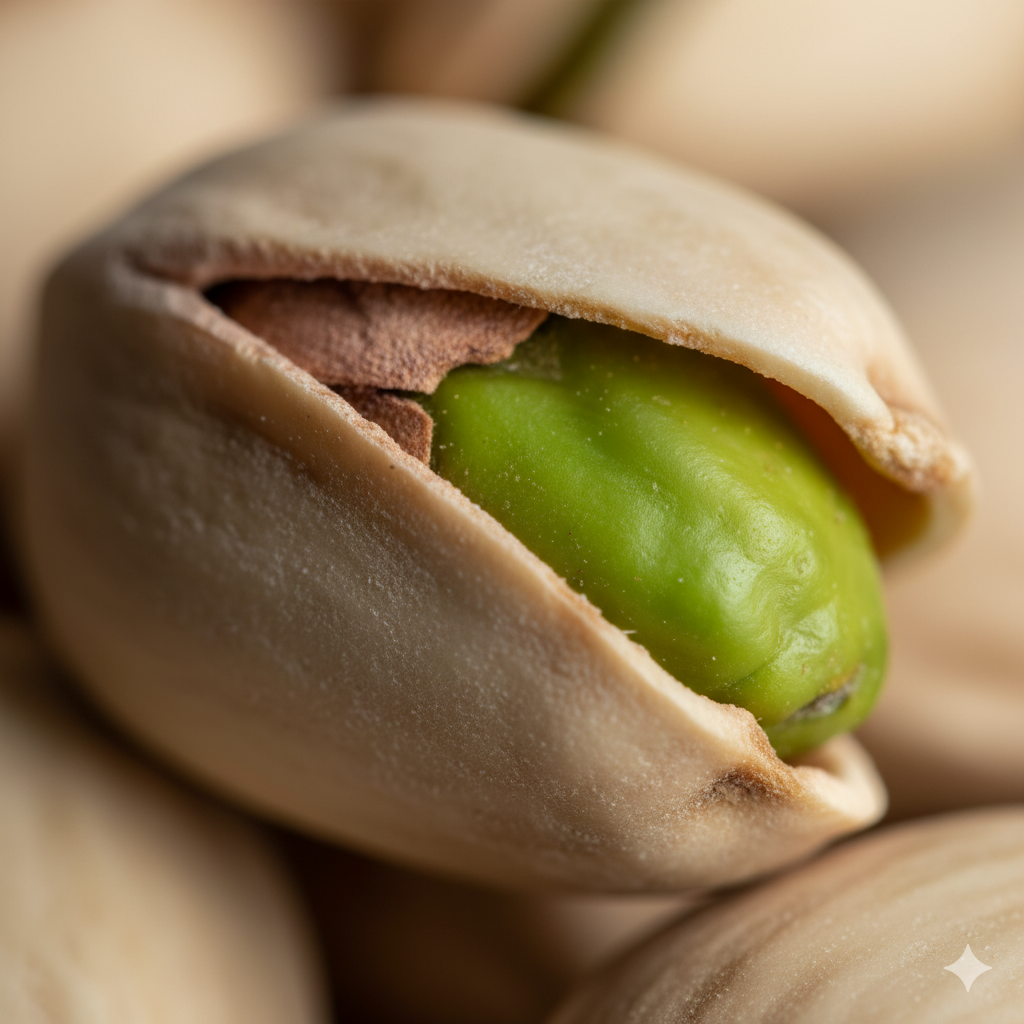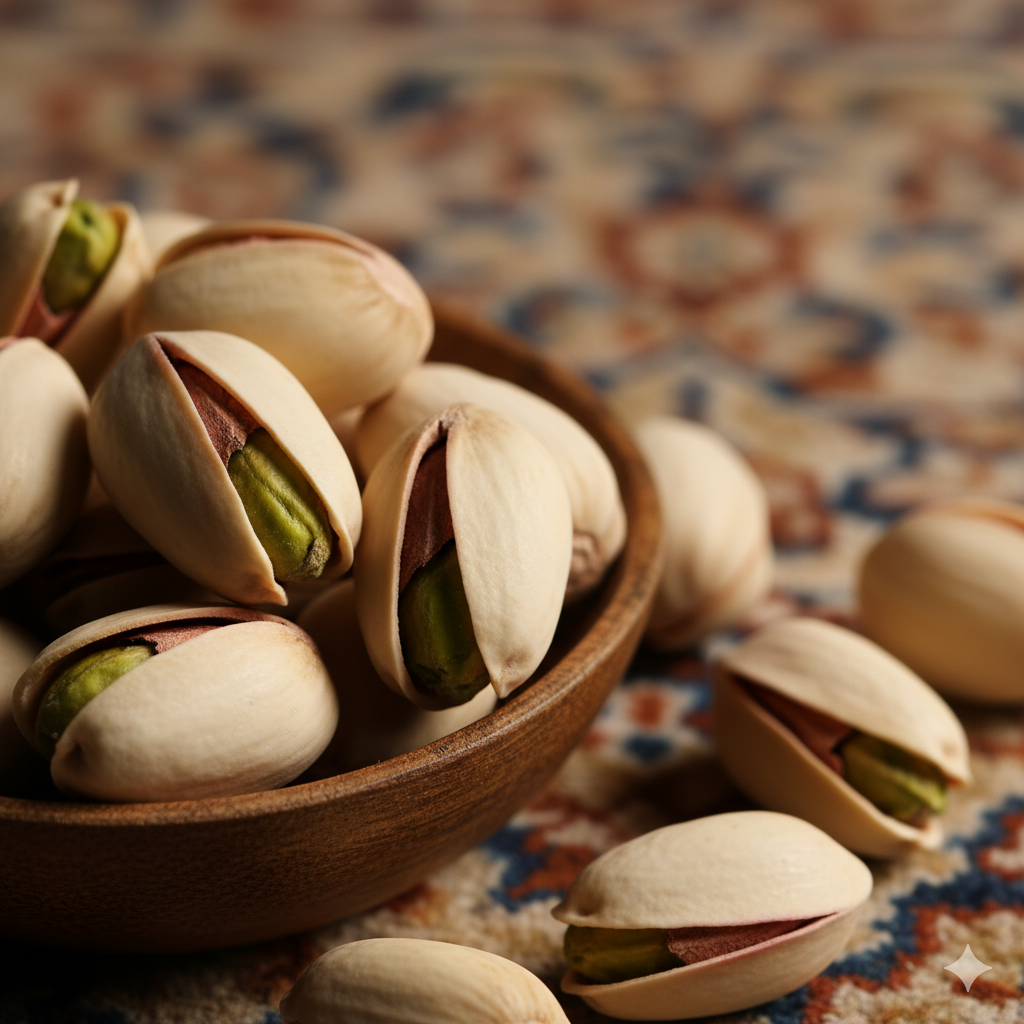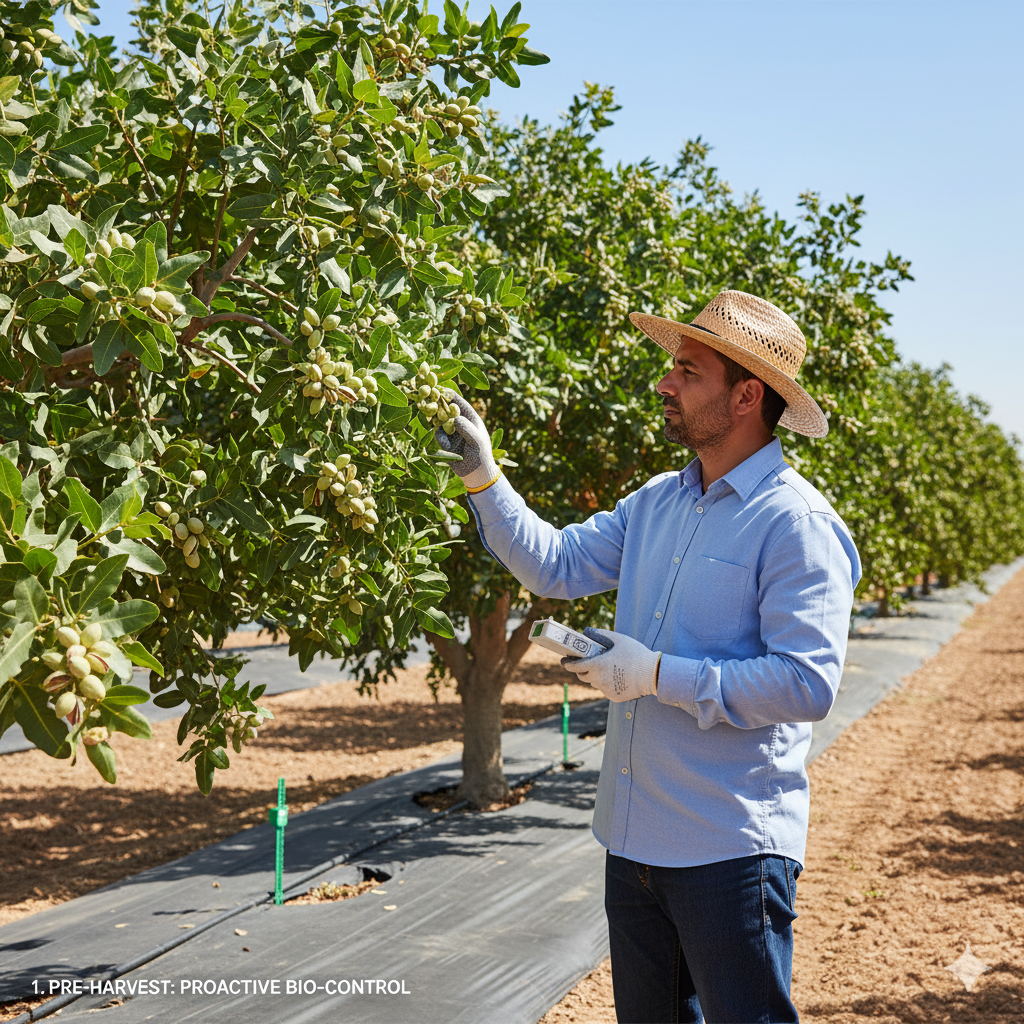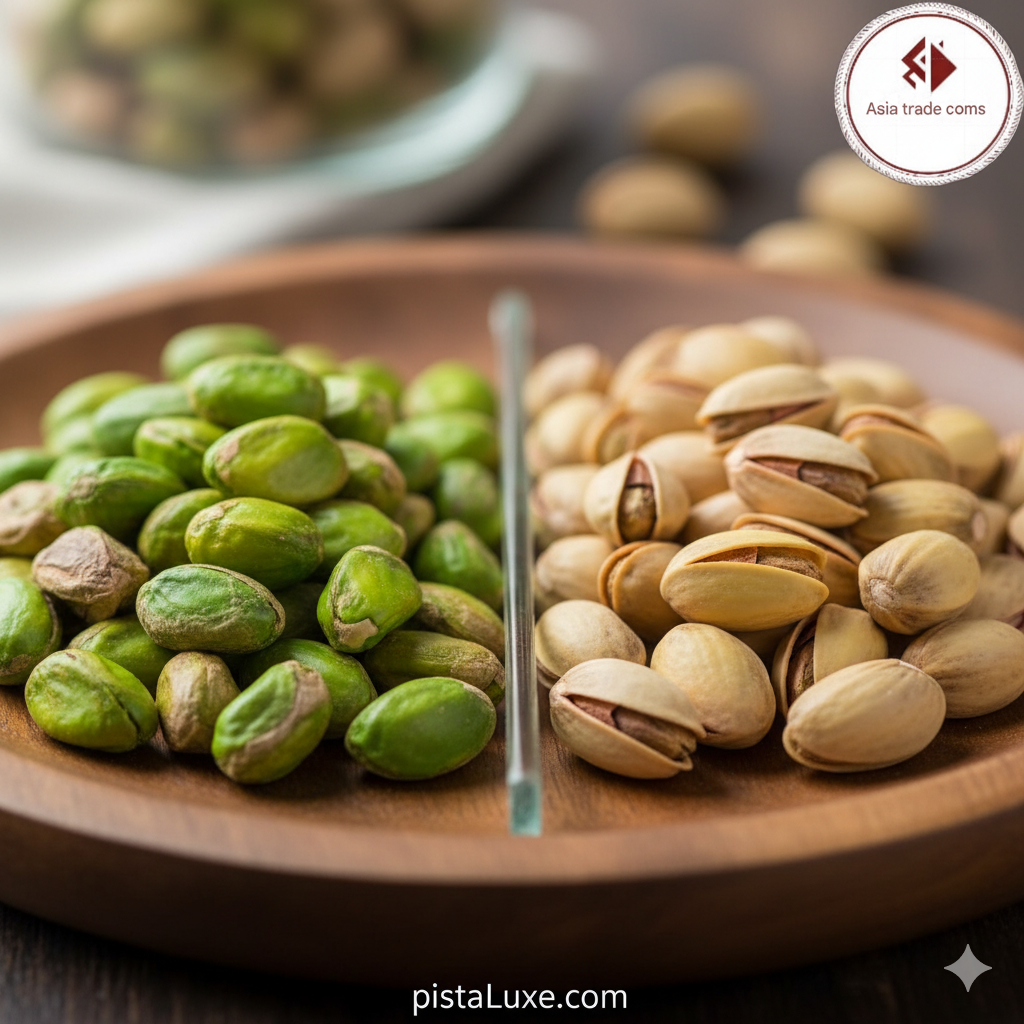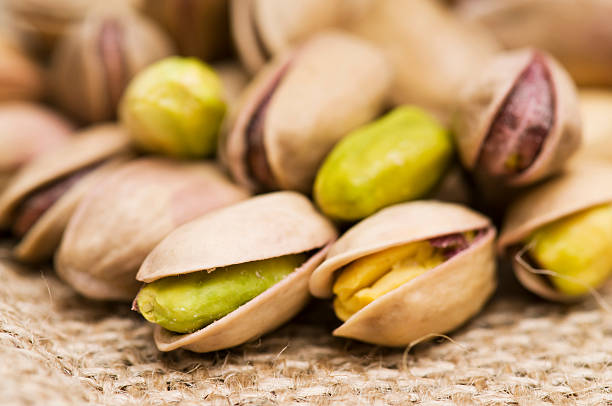
Pistachios offer a nutrient-dense, kid-friendly option that can fit into school meal programs and snack routines. This article explores practical considerations for introducing pistachios in school cafeterias, lunchrooms, and classroom snack initiatives, with a focus on nutrition, safety, and program alignment.
Introduction
Schools aim to provide nutritious, appealing foods that support student energy, concentration, and learning. Pistachios bring a balance of healthy fats, protein, and micronutrients, making them a versatile component of a balanced school menu when portioned and prepared appropriately.
Nutritional Benefits for Students
- Energy and satiety: Healthy fats and protein help sustain attention between meals.
- Protein and fiber: Support growth, digestive health, and steady energy.
- Micronutrients: Potassium, magnesium, Vitamin B6, and antioxidants contribute to overall wellness.
Safety and Allergen Considerations
- Allergen awareness: Tree nuts are a common allergen; ensure compliance with school allergy management policies.
- Choking prevention: Avoid serving whole nuts to younger students; provide finely chopped or ground pistachios or pistachio butter.
- Cross-contact precautions: Strict kitchen separation and clear labeling in cafeteria service areas.
Practical Implementation in Schools
- Menu integration: Use pistachios in salads, grain bowls, snack mixes, or as a pistachio-crusted component in entrees where age-appropriate.
- Portion guidance: Pre-portioned servings to align with nutrition standards and waste reduction goals.
- Education and labeling: Clear nutrition facts and allergen statements on menus and trays; student education on ingredient awareness.
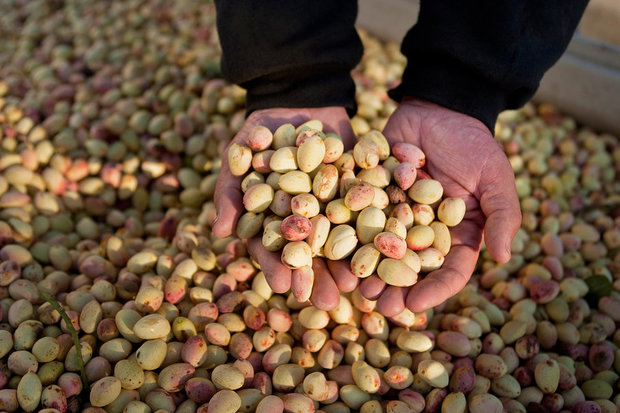
Sourcing and Sustainability
- Sourcing considerations: Prefer suppliers with transparent origin and sustainable farming practices.
- Waste reduction: Use shells for composting where appropriate (in school gardens) to teach sustainability.
Implementation Challenges and Solutions
- Cost management: Evaluate price-per-serving and explore bulk purchasing for better value.
- Allergen policies: Develop clear protocols for nut-free zones and alternative protein/NOVA group options.
Conclusion
Pistachios can be a valuable addition to school menus when aligned with allergy policies, portion control, and nutrition goals. When implemented thoughtfully, they support student health, variety, and learning.
To order or get advice on pistachio and dried fruit varieties, contact our team via our official WhatsApp. Our support team is ready to answer your questions and can help you choose the right pistachio and dried fruit. WhatsApp number 009890214773705


